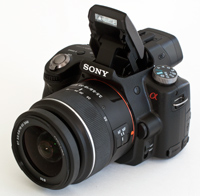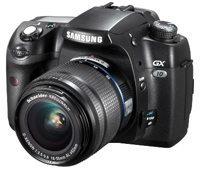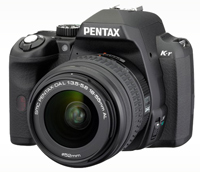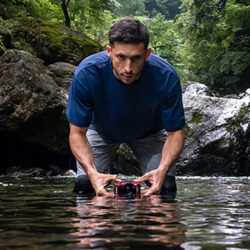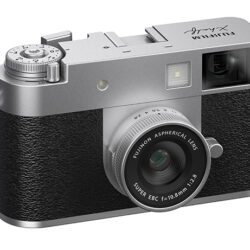An affordable, lightweight DSLR with an electronic viewfinder and useful high-speed recording modes.Sony’s just-announced SLT-A35 takes the 16.2-megapixel sensor and the Translucent Mirror Technology (TMT) technology from the popular SLT-A55V and includes them in a smaller, lighter and lower-priced camera body. Introduced to replace the SLT-A33 model, it has a fixed LCD monitor and its continuous shooting speeds at full resolution are half those offered by the A55, which remains in Sony’s range. Like the SLT-A33 , the A35 lacks a GPS receiver.
